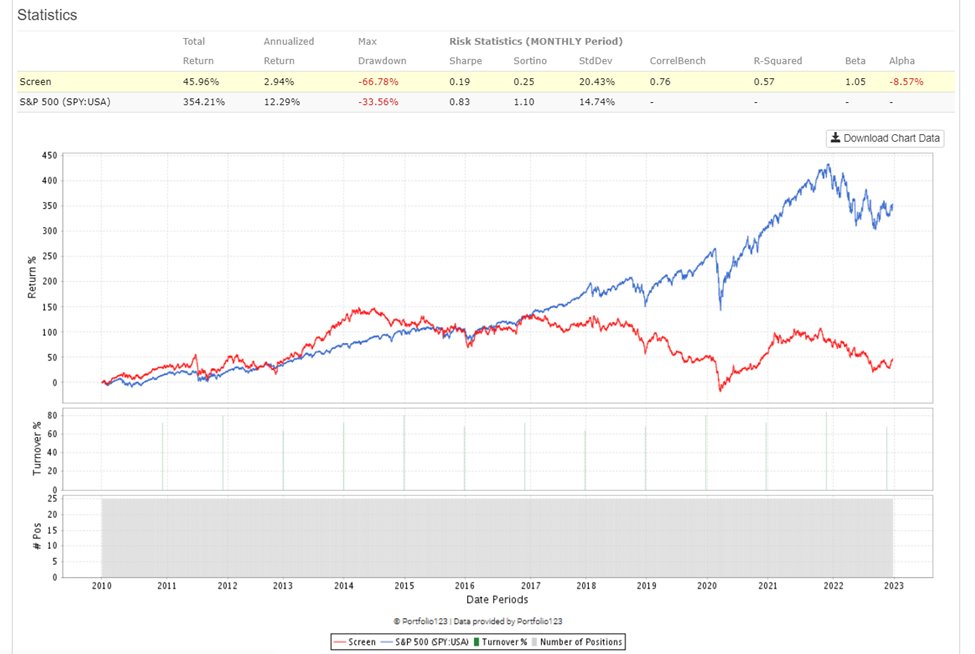Back in 2005, Joel Greenblatt published The Little Book That Beats the Market. It’s slim, easy book that makes a big claim: anyone – even those without a finance background – could beat the market by following a simple set of rules. He named the system, and it is now widely known as, the Magic Formula.
Despite the name, there’s nothing mysterious about it. The “magic” is in its simplicity and discipline.
What is it
Greenblatt isn’t just an author – he’s a hedge fund manager and a long-time student of value investing. The formula he introduced was the product of years of experience, and it echoed principles many value investors already believed: that buying good businesses at fair or low prices tends to work over time.
But instead of relying on gut instinct or hours of company-by-company research, Greenblatt boiled the process down to two key metrics:
- Earnings Yield (EBIT / Enterprise Value), to measure how cheap a business is
- Return on Capital (EBIT / Net Working Capital + Net Fixed Assets), to assess how efficiently it turns investment into profit
You rank a universe of stocks by both metrics, combine those ranks, and invest in the top performers. It’s systematic. Quantitative. And surprisingly effective.
How it works
The method suggests buying around 20–30 of these top-ranked companies, spreading out the purchases over a few months, holding each for a year, and then rebalancing. That’s it.
There’s no forecasting involved, no narrative building. The formula doesn’t care if the company is in tech or textiles. It looks only at the numbers.
For many value investors, this removes a major hurdle: emotion. It’s not easy to stick with a strategy that underperforms for a year or two, but the formula helps by providing structure and rationale – it’s not about “feeling” like a stock is good; it’s about what the data says.
Does it work?
Historically, yes – but the full story is more nuanced.
Greenblatt showed strong long-term outperformance in his original backtests, and others have replicated similar results. Ryan Telford, a quant analyst, recently reviewed the strategy’s performance, backtesting it from 1999 to 2023. His results reaffirm the long-term strength of the approach: over those 24 years, the Magic Formula more than doubled the return of the S&P 500 and delivered a higher Sharpe ratio (risk-adjusted return), albeit with deeper drawdowns.
However, that performance has not been evenly distributed. From 1999 to 2010, the strategy crushed the market – exactly as Greenblatt had claimed. But from 2010 to 2023, it told a very different story: the Magic Formula underperformed the S&P 500 by a wide margin. According to Telford’s data, the market rose +354% during that time, while the Magic Formula strategy gained only +46%.

There are a few possible reasons for this shift. It could be that the formula’s simplicity made it easier to arbitrage away – more investors using the same approach reduces its edge. Or it may reflect the broad underperformance of value investing in the 2010s, a well-documented period where growth and momentum dominated most global markets.
With interest rates rising again in the 2020s, some believe the strategy may yet see a resurgence. But as Telford puts it, “Time will tell.”
The Magic Formula is a structured way to apply value investing principles – buying good businesses at good prices – with consistency. It won’t work all the time, and recent history shows just how much context and macro cycles matter. But for those who believe in fundamentals and want a rules-based framework, it’s still a compelling approach.
You don’t need to follow it blindly. But it’s worth understanding. At the very least, it reminds us that some of the best investing ideas aren’t the most complex – they’re just the ones we’re most likely to stick with.